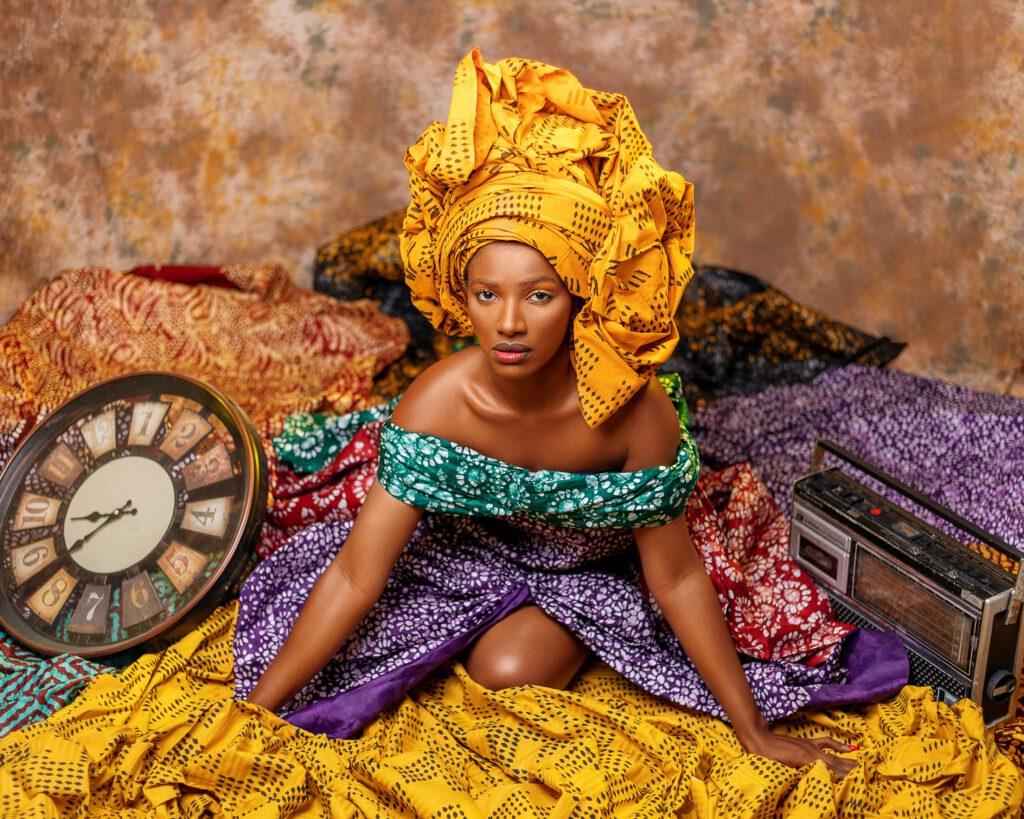Discover the Vibrant Legacy of Kente Cloth: Symbol of African heritage and Cultural Pride
Table of Contents
Kente is an exquisite and iconic fabric that holds immense cultural and ancient importance for the Akan people of Ghana and Ivory Coast. Its vibrant colors, intricate patterns, and enduring relevance have made it a symbol of African heritage and pride worldwide.
History and Origin of Kente
the origins of Kente cloth can be traced back to the 11th century, where it was primarily woven by the Ashanti and Ewe tribes in West Africa. The fabric was initially made from raffia fibers and later cotton, with the inclusion of silk in the 17th century. Kente weaving was traditionally a male occupation, passed down from generation to generation.
Symbolism and Significance
Every Kente cloth tells a unique story and conveys a specific meaning through its colors and patterns. Each color holds a particular symbolism:
- Red: Courage, boldness
- Blue: Promise, love
- Green: Harvest, fertility
- Yellow: Wealth, prosperity
The patterns also have symbolic significance, representing historical events, proverbs, and cultural beliefs. For instance, the “sankofa” pattern depicts a bird looking backwards, symbolizing the importance of learning from the past.
Kente in Modern Times
Today, Kente cloth continues to be a revered symbol of African culture and identity. It is worn at customary ceremonies, festivals, and special occasions to convey a sense of pride, unity, and belonging.
Fashion designers around the world have embraced Kente as a unique and vibrant textile for clothing, accessories, and home décor. Incorporating Kente patterns into contemporary designs has helped popularize the fabric and spread appreciation for its cultural heritage.
Benefits of Kente Cloth
- Cultural Expression: Kente cloth serves as an artistic outlet for the Akan people and a means of preserving their cultural legacy.
- Economic Empowerment: Kente weaving is a important source of income for artisans in Ghana and Ivory Coast, supporting local communities.
- Inspiration and Connection: Kente cloth inspires creativity and fosters a sense of unity among people of African descent worldwide.
Practical Tips for Wearing Kente
- choose Appropriate Occasions: kente is best suited for special occasions and cultural events.
- Pair with Neutral Colors: Kente’s bold patterns pair well with solid-colored garments to create a balanced look.
- Accessorize Wisely: Use minimalist accessories to complement Kente without overwhelming its design.
case Study: Kente in Academia
Howard University in Washington, D.C., hosts an annual Kente Ceremony to recognize and honor exceptional students and faculty of African descent. The university’s traditional graduation attire includes a Kente stole, symbolizing the graduates’ connection to their African heritage.
First-Hand Experience: A Story of cultural Pride
“Growing up in an Akan household, I witnessed firsthand the immense pride and reverence that my family had for Kente cloth. Every major milestone was celebrated with a new Kente garment,passed down through generations. I cherish these pieces not onyl for their beauty but also for the stories they carry about my ancestors.” – Ama Serwaa,Ghanaian-American Artist
Conclusion
Kente cloth is a vibrant embodiment of African heritage and cultural pride. Its exquisite craftsmanship, historical significance, and symbolic meanings have made it a cherished textile worldwide. The fabric continues to inspire awe and admiration, connecting people of African descent and celebrating the rich tapestry of African culture. As a symbol of resilience, creativity, and unity, kente cloth remains a timeless treasure to be appreciated and celebrated for generations to come.

